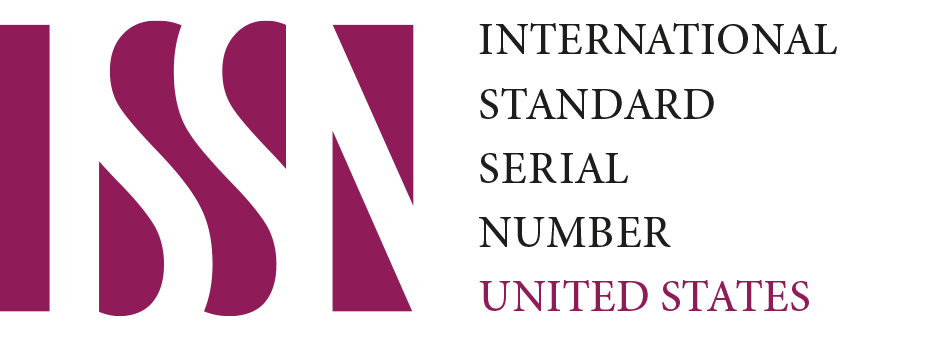Autism Rate in Libya and Foodstuff Options to Progress Children with Autism Spectrum Disorder
DOI:
https://doi.org/10.64516/g9ymhp12Keywords:
Healthy diet choices,, autism spectrum disorder,, Tobruk National Association for Autism,, incidence,, improve the conditions.Abstract
Healthy diet choices may improve health and skills of children with autism. The present study aimed to illustrate the frequency of autism spectrum disorder in Libya, to demonstrate effect of sex and age variables on children with autism and explain a specific dietary program with important recommendations to progress the abilities and skills. 275 suspected cases of autism spectrum disorder were documented during 2012 to 2017 in Tobruk National Association for Autism. Only, 241 cases (183 males and 58 females) aged from 3 to 20 years old were diagnosed to confirm the incidence of autism or not and were statistically analyzed. Among 241 cases, 167 (69.3%) (121 males and 46 females) only have autism spectrum disorder, whereas, 74 cases (30.7%) have no autism condition. Results showed that boys were approximately more three times than girls to have autism. There was statistically significant association between males and females for getting autism spectrum disorder (P= 0.019). Autism can affect both genders, but it may be more specific for males than females. Also, results revealed that there was no evidence of a statistically significant relationship between the incidence of autism in males and females according to their age (p = 0.218). This point ups that there is no specific autism incidence according to age because autism may occur from the birth. There is no treatment for autism, but mixed factors may help to improve the conditions such as introducing adequate nutrition to the child with a combined effort of country and institution with parents to enhance the skills, abilities and activities of children with autism.
References
1. Doja A, Roberts W (2006) Immunizations and autism: a review of the literature. J Neurol Sci., 33(4): 341 - 346.
2. Graf-Myles J, Famer C, Thum A, Royster C, Kahn P, Soskey L, et al. (2013) Dietary adequacy of children with autism compared to controls and the impact of restricted diet. J Dev Behav Pediatr., 34 (7).
3. Herbert M R (2004) Neuroimaging in disorders of social and emotional functioning: what is the question?. J Child Neuro., 19(10): 772 – 84.
4. Herbert MR, Harris GJ, Adrien KT (2002) Abnormal asymmetry in language association cortex in autism. Annal Neuro J., 52: 558 – 596.
5. Hiroshi Y, Toshie Y, Kazuya Y, Tomiko I, Toyoharu T (2005) Mineral imbalance in children with autistic disorders. Biomed Res Trace Elem J., 16(4): 285 – 292.
6. Hyman S (2010) Popular autism diet does not demonstrate behavioral improvement.https://www.urmc.rochester.edu/news/story/2860/popular- autism-diet-does-not-demonstrate-behavioral-improvement.aspx. Cited Jan 12, 2018.
7. Kuschner E (2013) Seven ways to help a picky eater with autism. Available from: www. autism speak.com. Cited Jan 24, 2018.
8. Matthews J (2013) Nutrition Guide. http://www.generationrescue.- org/resources/nutrition-guide/. Cited Dec 15, 2017.
9. Millward C, Ferriter M, Claver S, Connell-Jones G (2008) Gluten-and casein free-diet for autistic spectrum disorder. Cochrane Database Syst Rev., 2: CD003498. doi: 10.1002/14651858.CD003498.pub3.
10.Nath S (2014) Feeding problems in children with autism. Available from: https://iancommunity.org/ssc/feeding-problems-children-autism. Cited Dec 21, 2017.
11.NHS Choices (2016) Symptoms of autism spectrum disorder. Available from: http://www.nhs.uk/Conditions/Autistic-spectrum- disorder/Pages/Symptoms.aspx. Cited Jan, 2018.
12.NICE [National Institute for Health and Care Excellence] (2014) Autism spectrum disorders in adults. Evidence Update, 59. https://www.evidence.nhs.uk/Search?q=autism+in+adults. Cited Jan 5, 2018.
13.Ryan R. (2016) Autism: 'How diet cured my son'. Available from: http://www.dailymail.co.uk/health/article-149500/Autism-diet-cured- son.html. Cited Jan 1, 2018.
14.Volpe CJ, Grayson A (2016) Autism: symptoms. Available from: https://www.autismspeaks.org/about-us/contact-us.
15.Wijngaarden EV, Smith T, Evans K, Yost K, Love T, Thurston S, et al. (2013) Study : No link between mercury exposure and autism-like behaviors. PublicRelease.Availablefrom: https://www.eurekalert.org/-pub_releases/- 2013-07/uorm-snl072313.php. Cited Feb 6, 2018.
Downloads
Published
Issue
Section
License
Copyright (c) 2018 Amal R Agila (Author)

This work is licensed under a Creative Commons Attribution 4.0 International License.











